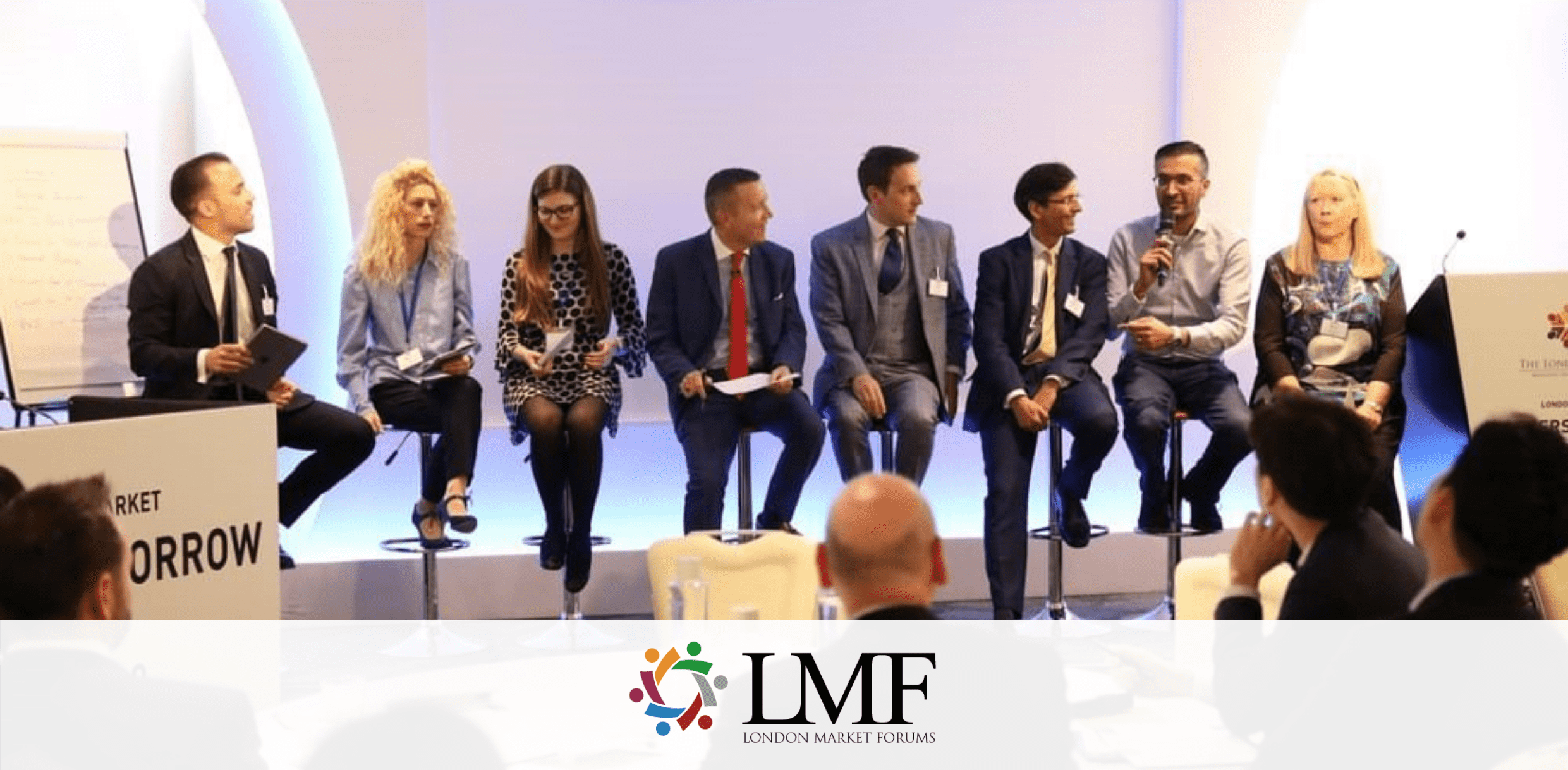The specialty insurance market in London has long thrived on deep expertise and distinctive, nuanced underwriting. But a new force is reshaping the insurance landscape: Generative AI. As GenAI shifts from theoretical to practical, syndicates are beginning to explore its potential in triaging submissions, analyzing risk, and streamlining operations.
This move towards leveraging GenAI is closely tied to the ongoing evolution of insurance infrastructure. As insurers modernize legacy data ecosystems and embrace cloud-native platforms, GenAI integration is quickly moving from exploratory to essential. From my vantage point at Snowflake, I’ve seen firsthand how data collaboration, machine learning, and Generative AI are unlocking real value across the insurance value chain.
To understand the urgency behind this technological adoption, it's important to consider the unique operational landscape of the London specialty market. The London specialty market is renowned for its ability to underwrite complex, non-standard risks—from cyber, marine, and aviation to political risk and fine art. Yet this very complexity creates significant operational hurdles. Risk data often arrives in inconsistent formats—buried in broker emails, spreadsheets, or unstructured PDFs—making it time-consuming to parse and evaluate. Manual processes dominate the workflow, from submission intake to bordereaux reconciliation. Fragmented systems and siloed data further slow decision-making and reduce the ability to respond dynamically, making it difficult for syndicates to scale or adapt without rethinking their data strategies.

These challenges also present significant barriers to automation and to the deploying of advanced analytics or machine learning models. This inconsistent and unstructured data makes it difficult to train reliable models, as historical data is fragmented across systems, limiting continuity and weakening model accuracy.
However, Generative AI has the potential to bridge some of these gaps. The submission intake and underwriting process is an excellent example. LLMs have the potential to extract and structure risk data from messy submissions, summarize historical loss narratives, and even generate narrative justifications to support underwriting decisions—adding a layer of transparency. While GenAI won’t fully replace rigorous actuarial models, it can increasingly become a critical enabler in the submission workflow.
In claims, GenAI can summarize loss narratives, highlight inconsistencies, or detect signals in large claim volumes that would be nearly impossible to identify manually. In bordereaux management, GenAI can help reconcile discrepancies between delegated authority data and contractual terms, identifying mismatches in real time.
What sets GenAI apart is its ability to operate across structured and unstructured data simultaneously—bridging the gap between actuarial precision and human context. As models become more domain-tuned and securely deployed within insurer ecosystems, their utility in accelerating risk analysis, surfacing insights, and enabling more agile operations will only expand.

While GenAI offers exciting potential, its true impact will depend on access to high-quality, well-governed data. That’s where cloud-native platforms and secure data collaboration become essential. In a market as interconnected as London, insurers, brokers, and reinsurers often need to share risk, exposure, and claims data across organizational boundaries—yet legacy infrastructure has historically made this cumbersome, slow, and risky. As the opportunities for GenAI become more attainable, cloud-native data ecosystems will provide the governance, scalability, and access controls required to use these tools responsibly. Without this foundation, even the most advanced AI models will struggle to deliver meaningful results.
While widespread deployment of GenAI across the London Market is still emerging, some forward-thinking syndicates and MGAs are beginning to test its potential, efforts aimed at improving accuracy and reducing manual effort. These initiatives start with unstructured data ingestion or internal knowledge management, with opportunities to evolve to more advanced “agentic” applications. While early, these efforts signal a shift. Organizations that prioritize data readiness and responsible experimentation with GenAI are laying the groundwork for competitive advantage in a rapidly evolving market.
The potential of GenAI in the London specialty market is real—but unlocking that potential requires more than just algorithms. It depends on high-quality data, scalable infrastructure, and thoughtful governance. GenAI won’t replace the nuanced judgment of underwriters, but it can augment their expertise and dramatically improve efficiency. As the market continues to modernize, those who invest now in foundational capabilities—clean data, secure collaboration, and responsible AI experimentation—will be best positioned to lead. The future isn’t about replacing the past, but enhancing it with the tools of tomorrow.
400x400.png)
Sully is responsible for developing Snowflake’s value proposition for the insurance industry and supporting customers in their data ecosystem modernization initiatives. Prior to joining Snowflake, Sully was the Chief Data Officer at The Hartford Insurance Group where he led their data cloud migration journey and the modernization of the organization’s data and analytics platforms and processes. Over the prior 20+ years, he led Data and Analytics organizations at Travelers Insurance, Time Warner Cable, Brighthouse Financial, and Aetna US Healthcare. Sully is a recognized thought leader in the data and analytics space, and former advisor to data and analytics platform vendors including Thoughtspot, Teradata, Talend, Ab Initio, IBM, and 1010data.
trans.png)
.png)
.png)
.png)
.png)
.png)
.png)








